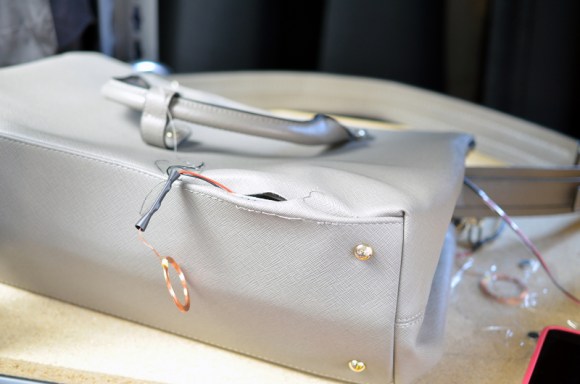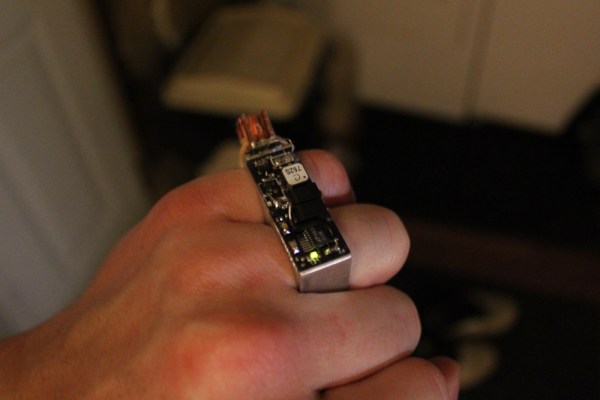We had a blast with the Trinket Contest in October and November and can’t wait to see what you can come up with for this month’s competition. Microchip Technology is one of our advertisers and they offered us 20 Fubarino SD boards to give away as prizes. The challenge for you is to add our URL as an Easter Egg in your own microcontroller project. Rise to the top of our seemingly arbitrary system for picking winners and one will be delivered to your door for your future hacking pleasure.
Obviously we mean http://hackaday.com when we say URL, but what constitutes an Easter Egg? We figure it’s anything that is not apparently obvious in a piece of hardware. We built a quick example to get you thinking. Shown off in the clip after the break is a clock that displays our web address every day at 1:37pm. What did we pick that time? Because our clock displays in 24-hour time format and 13:37 is leet. See the code we used in our repo.
We thought of a few others, like making an embedded gaming that uses the Konami Code to reveal the Easter Egg, or a man-in-the-middle device that attaches to your keyboard and redirects your feeble attempts to load Facebook by closing the tab and opening Hackaday. The sky’s the limit with how creative these things can be!
Follow these rules to submit your qualifying entry:
- You must somehow hide http://hackaday.com in your microcontroller project (embedded Linux doesn’t count unless you do some type of bare-metal programming)
- Preference will be given to projects that are both clever and well documented. Notice we made a video, and posted code and an explanation of our project.
- Write an email that has “[Fubarino]” in the title, includes the information on your documented entry, and lists your name and mailing address. Your name and mailing address will be used for shipping only and NOT for anything else. Emails should be sent to: contests@hackaday.com
- Entries must be received before 12:00am Pacific time on 12/19/2013.
- Employees and their families of Hackaday, SupplyFrame, and Microchip Technology are not eligible to win.
What are you waiting for? Dust off those chips and get hacking!
Continue reading “New Contest: Win One Of 20 Microchip Fubarino SD Boards”

















